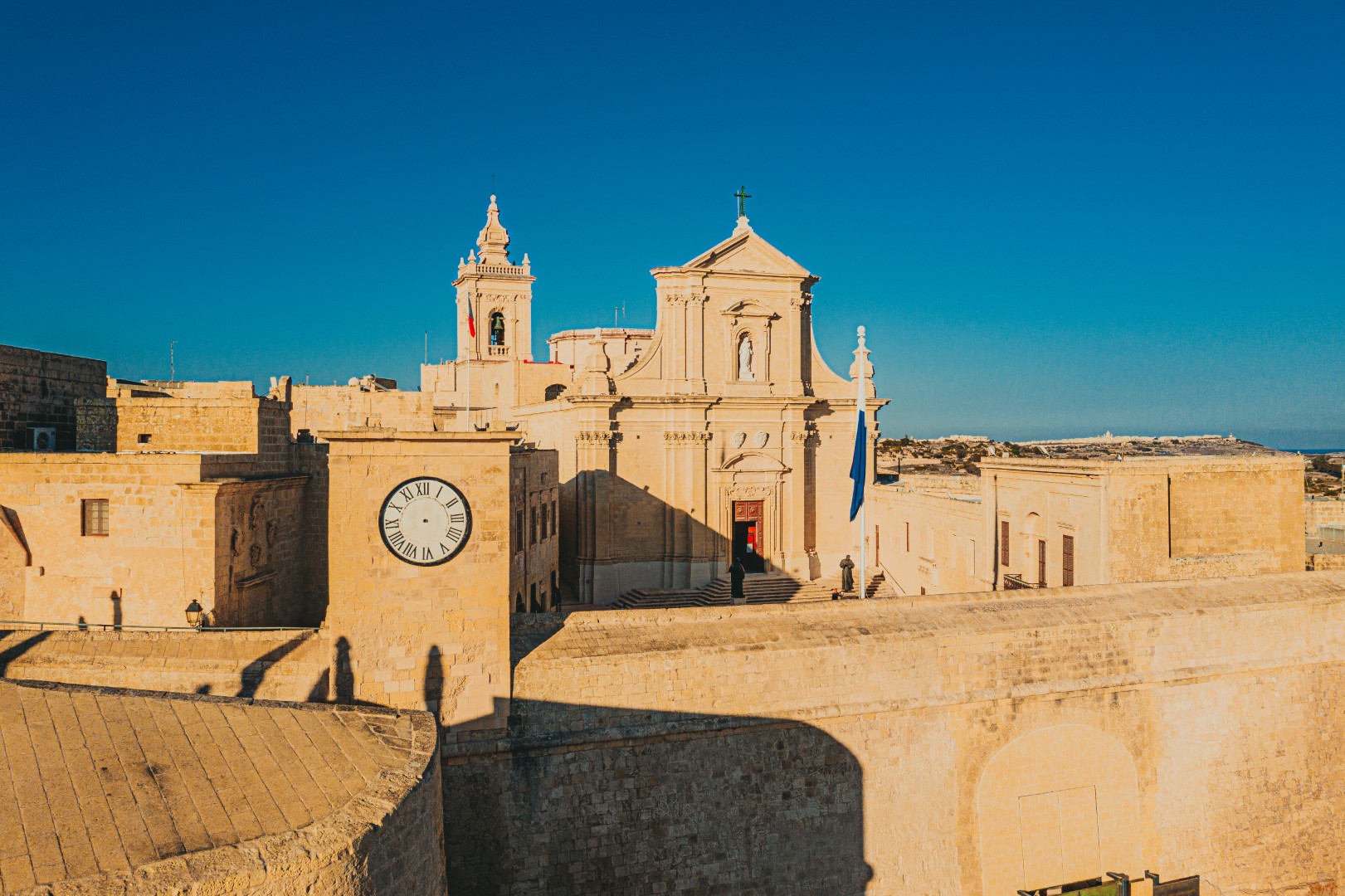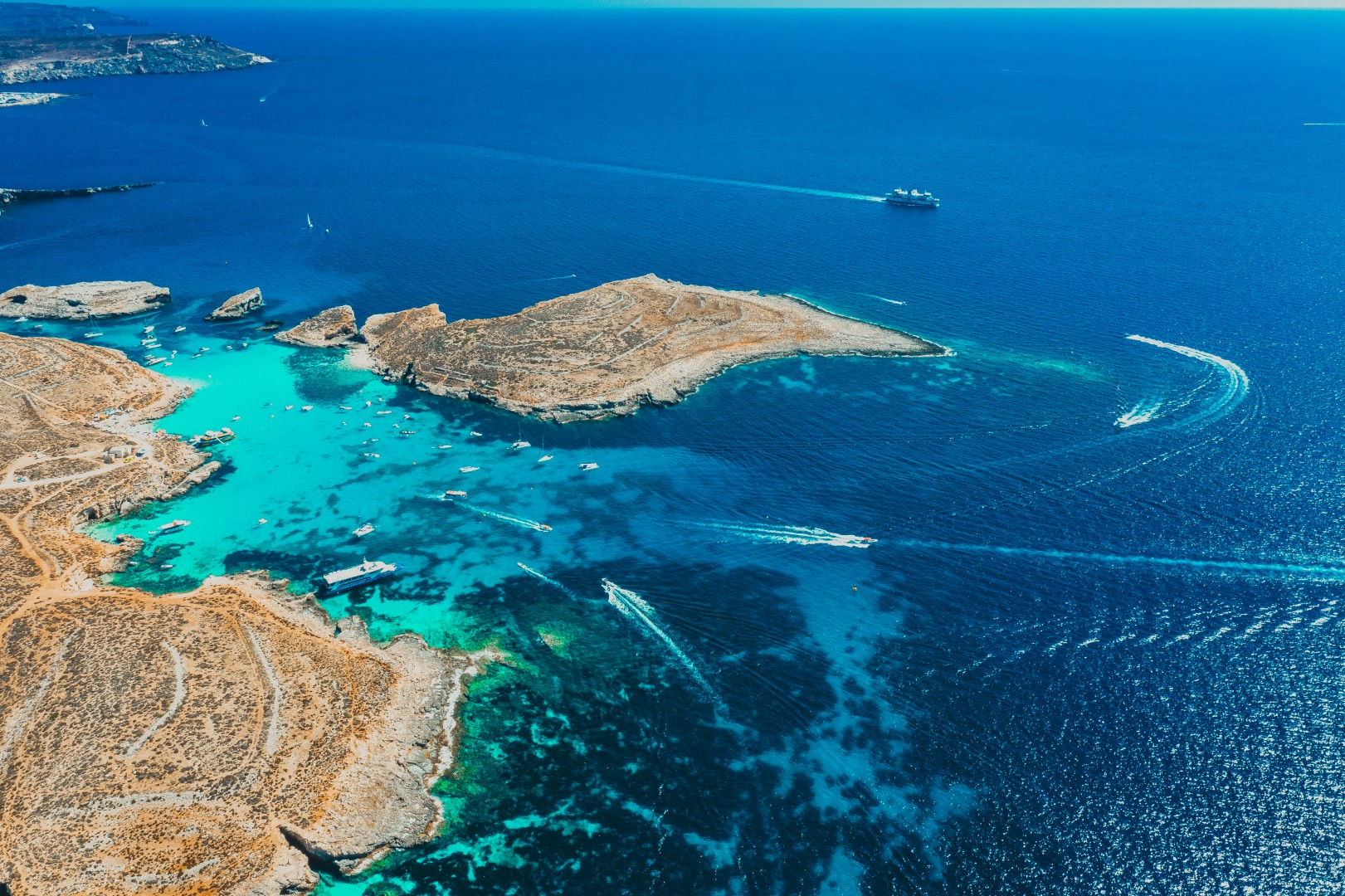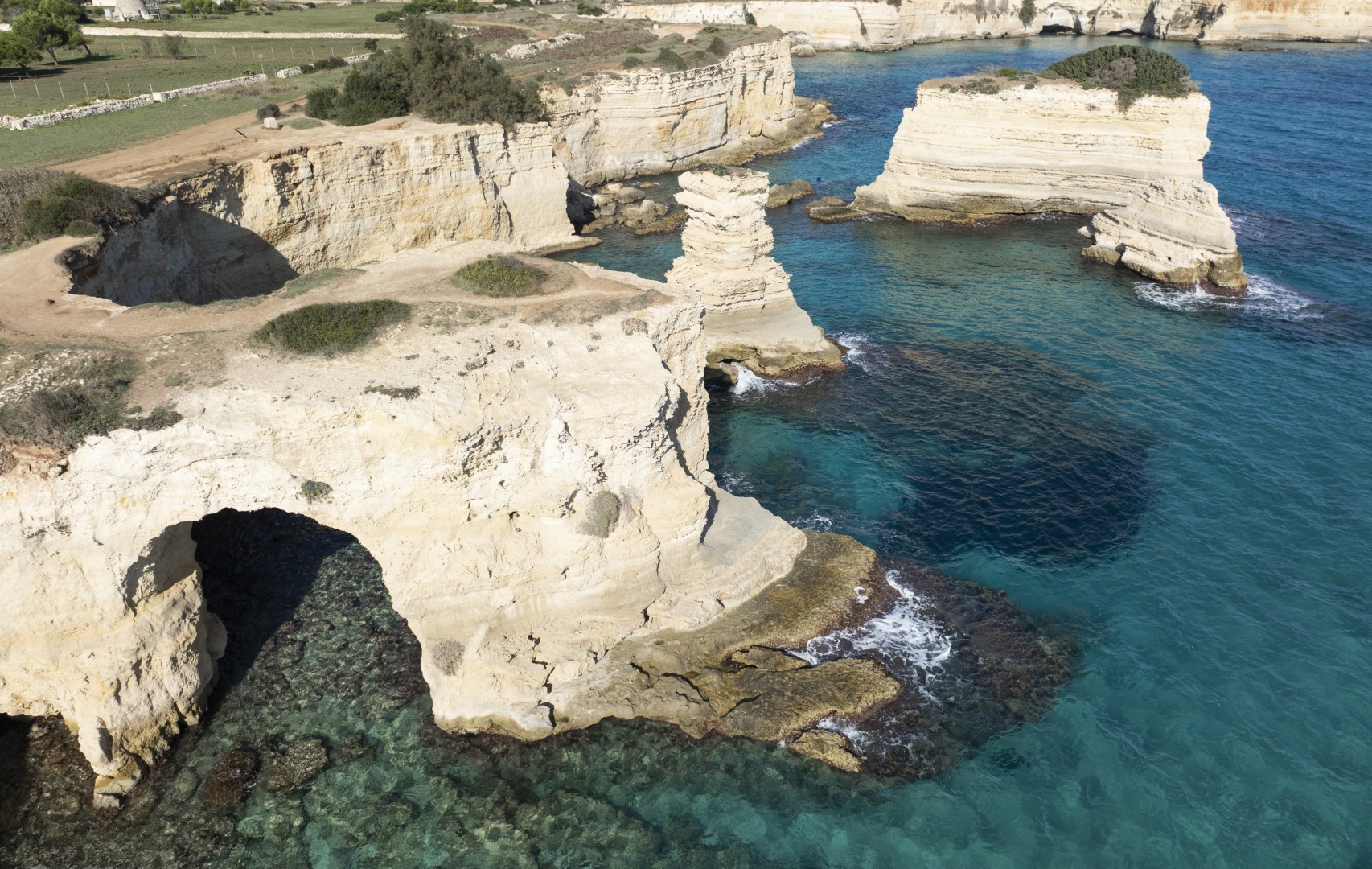About The UNESCO Sites
Despite its small size, Malta boasts a remarkable cultural heritage, with three UNESCO World Heritage Sites that reflect the island’s significance throughout human history. These sites offer timeless insights into the evolution of architecture, religion, and civilization over the millennia.
The City of Valletta, Malta’s fortified capital, is a masterpiece of Baroque urban planning and military architecture. Built by the Knights of St. John after the Great Siege of 1565, Valletta’s grid-like streets, grand buildings, and rich artistic heritage have earned it UNESCO recognition as one of the most concentrated historic areas in the world.
Malta is also home to the Ġgantija Temples on Gozo and the Megalithic Temples of Malta, considered some of the oldest free-standing structures in the world. These Neolithic temples, including Ħaġar Qim, Mnajdra, Tarxien, Ta’ Ħaġrat, and Skorba, date back as far as 3600 BC—predating even the Egyptian pyramids. They offer awe-inspiring evidence of early architectural and ritual sophistication.
Another gem is the Ħal Saflieni Hypogeum, an underground prehistoric burial site dating back to 4000 BC. Carved entirely out of rock and spread across three levels, this subterranean structure is a hauntingly beautiful testament to Malta’s ancient spiritual practices. Entry is limited to preserve its fragile environment, making visits truly exclusive.
These UNESCO sites are not just monuments—they are chapters in the epic story of humanity. Exploring them gives visitors a profound appreciation of Malta’s enduring importance in world history.
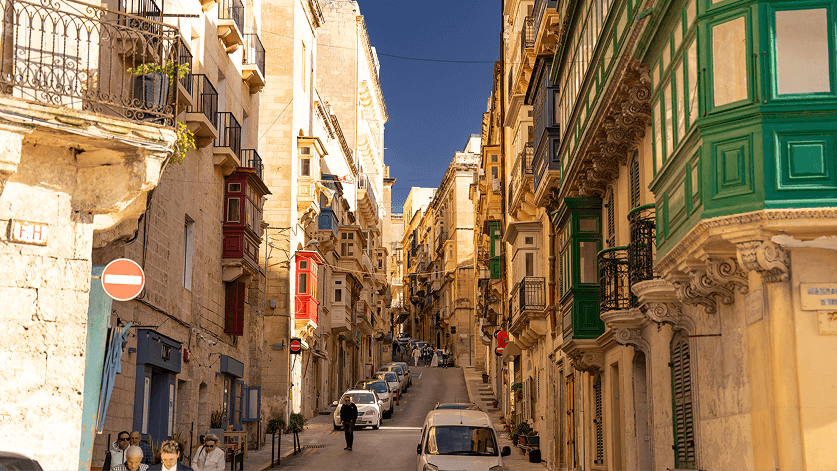
nearby attractions
gallery












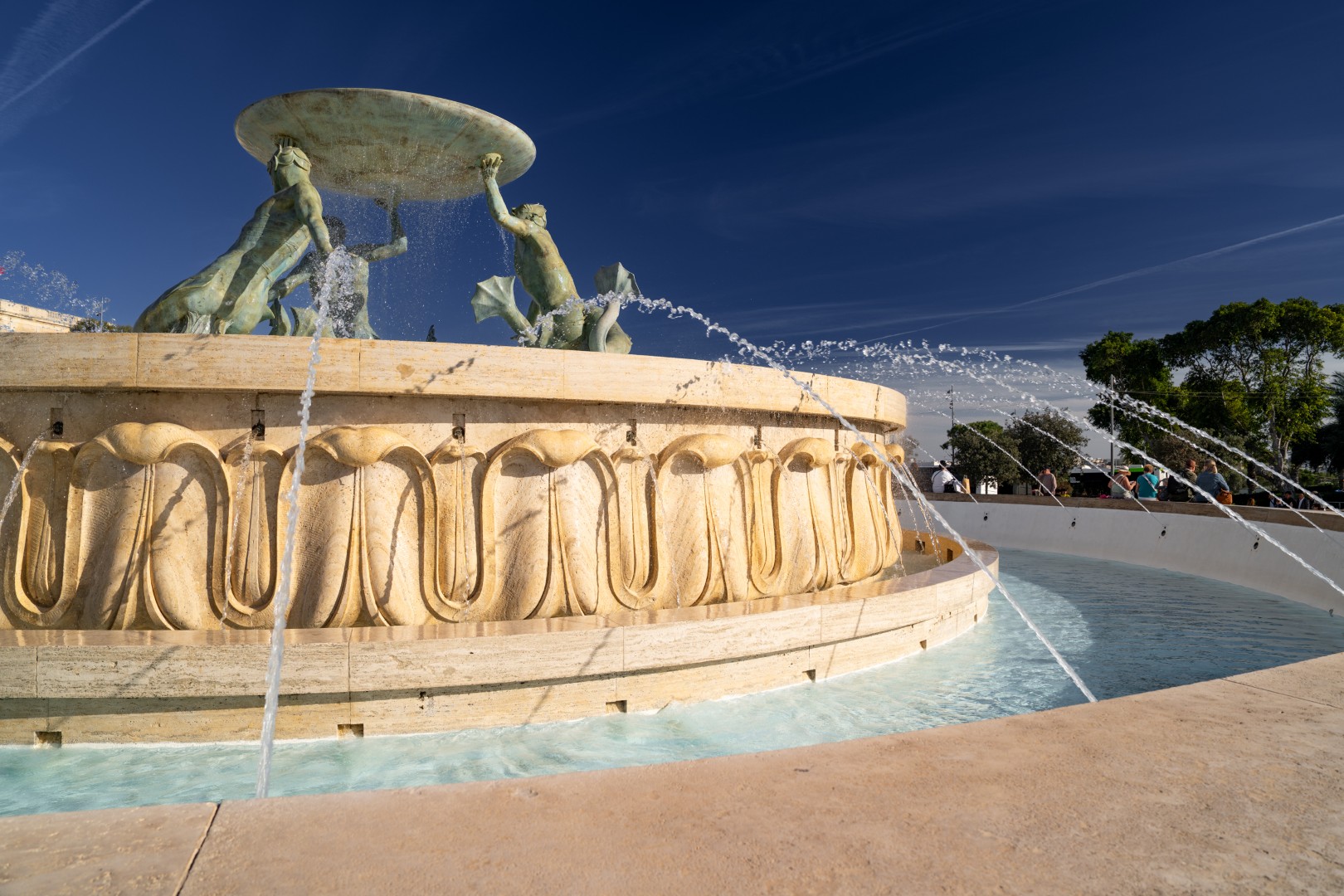

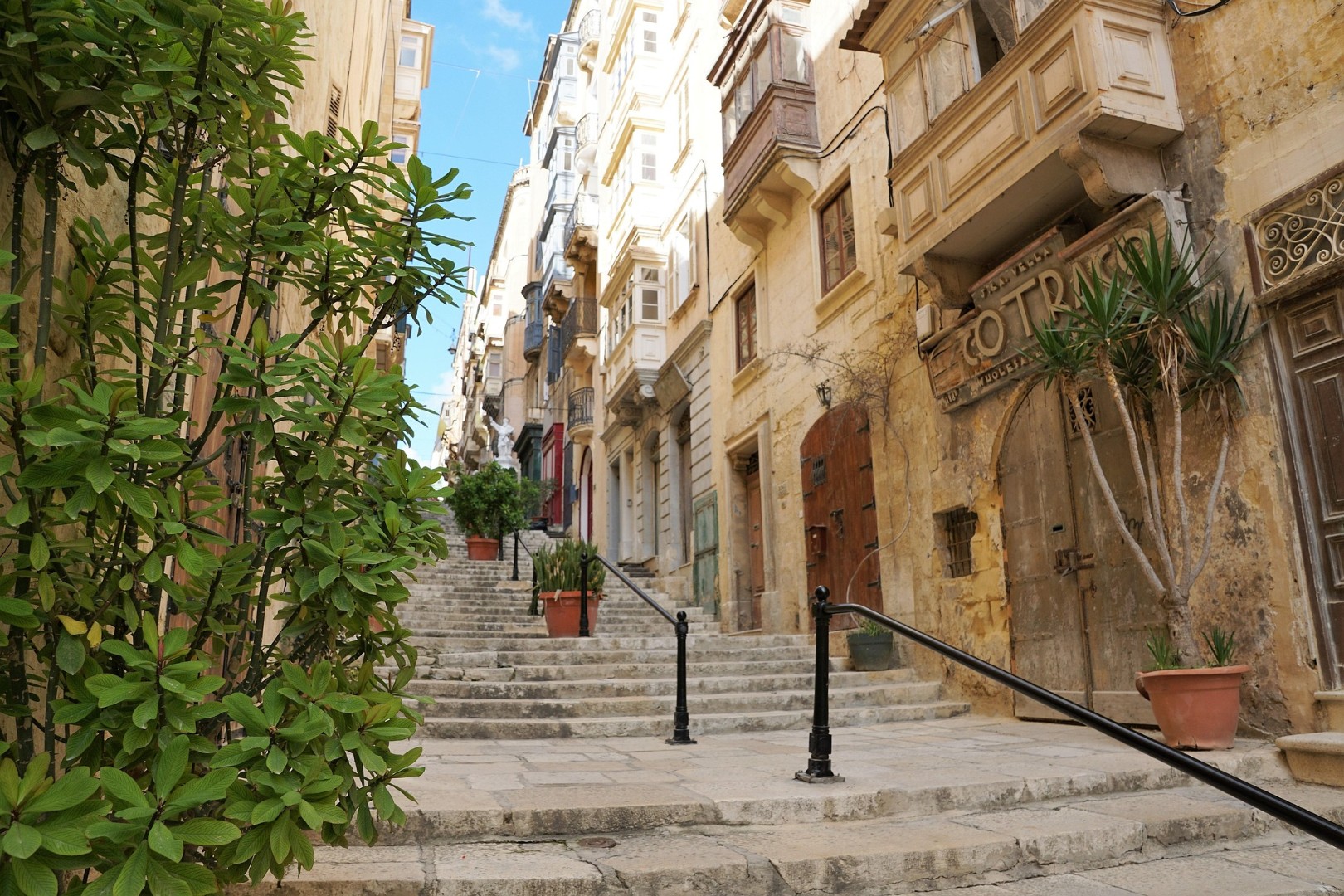
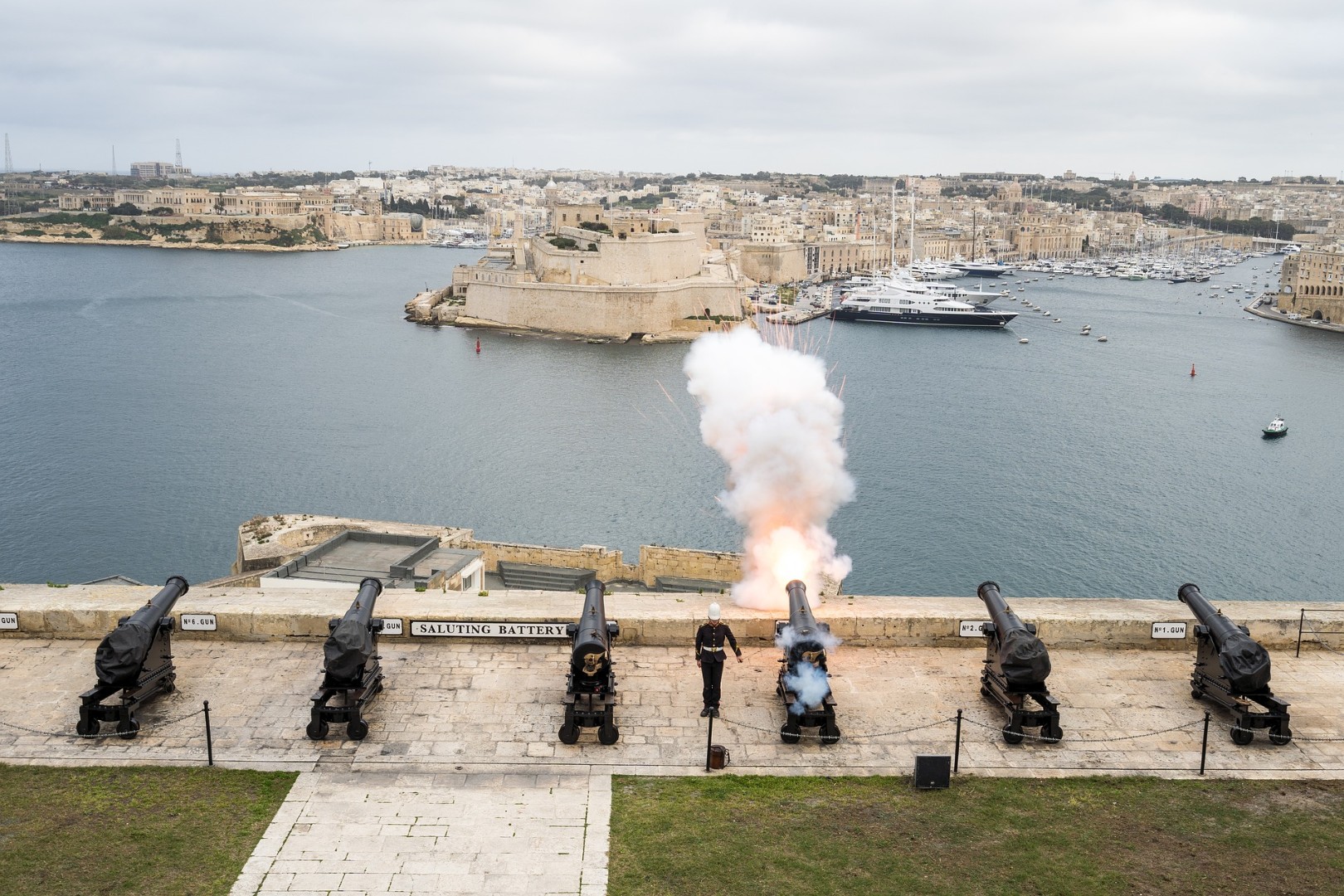

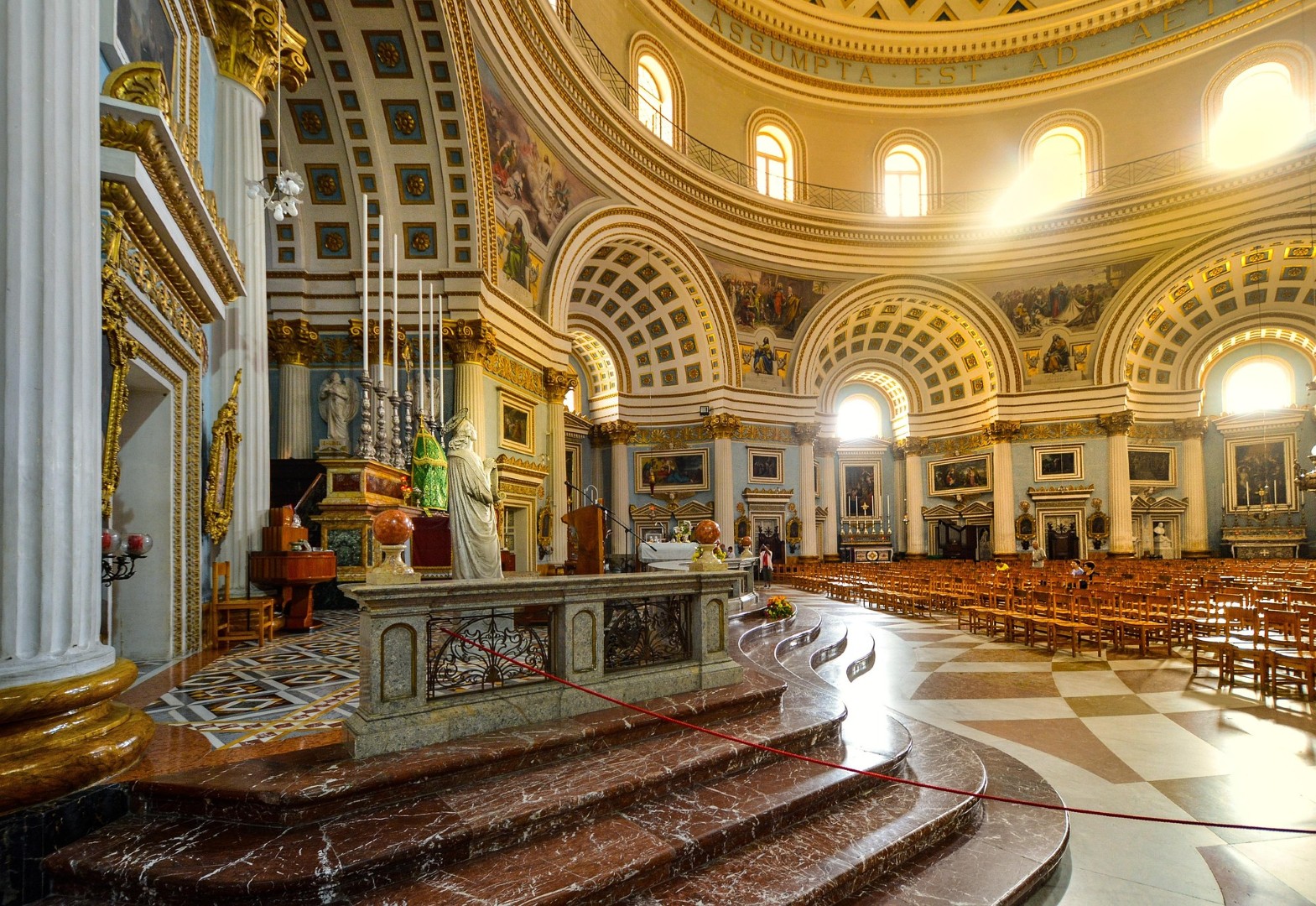
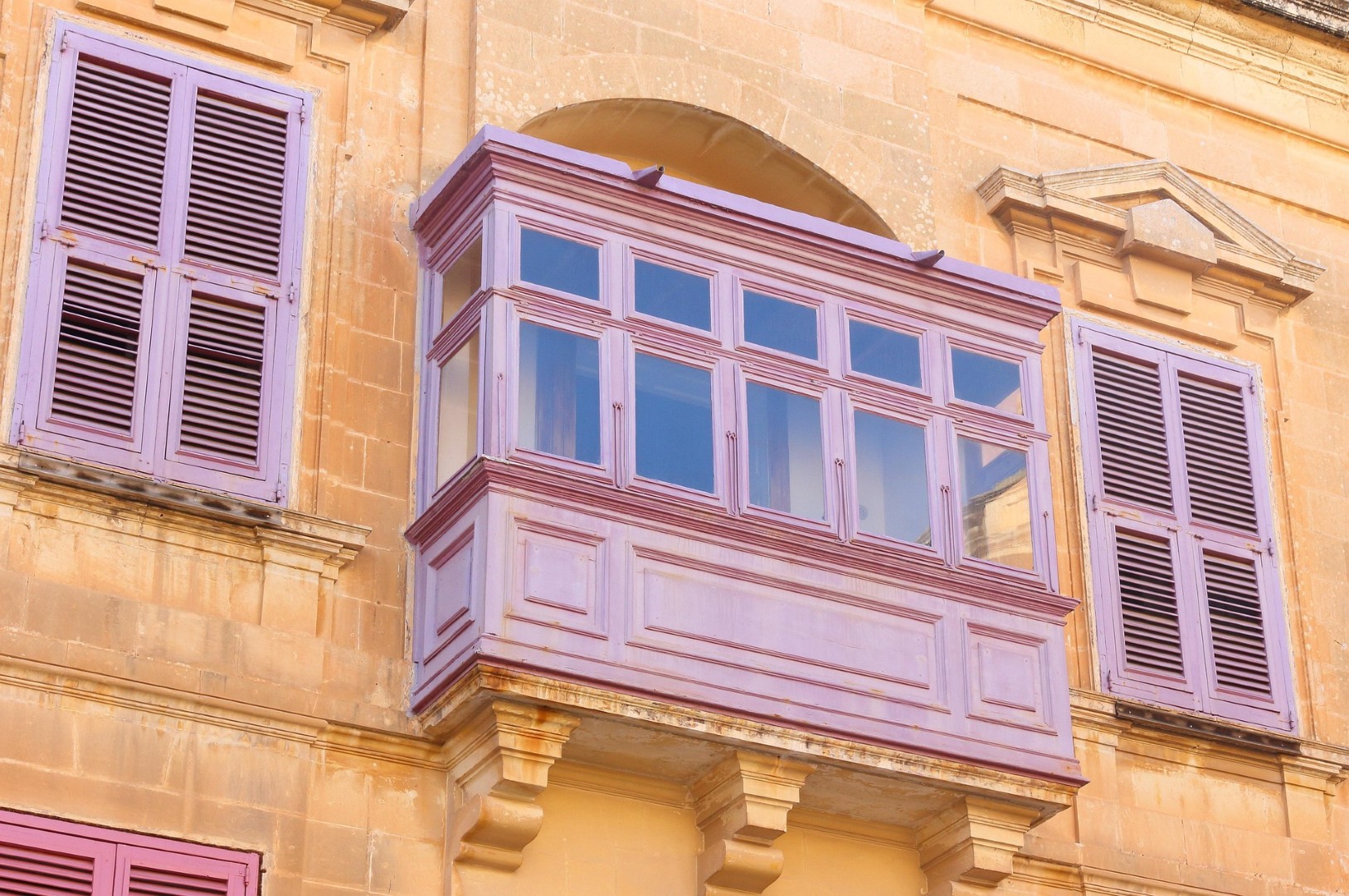
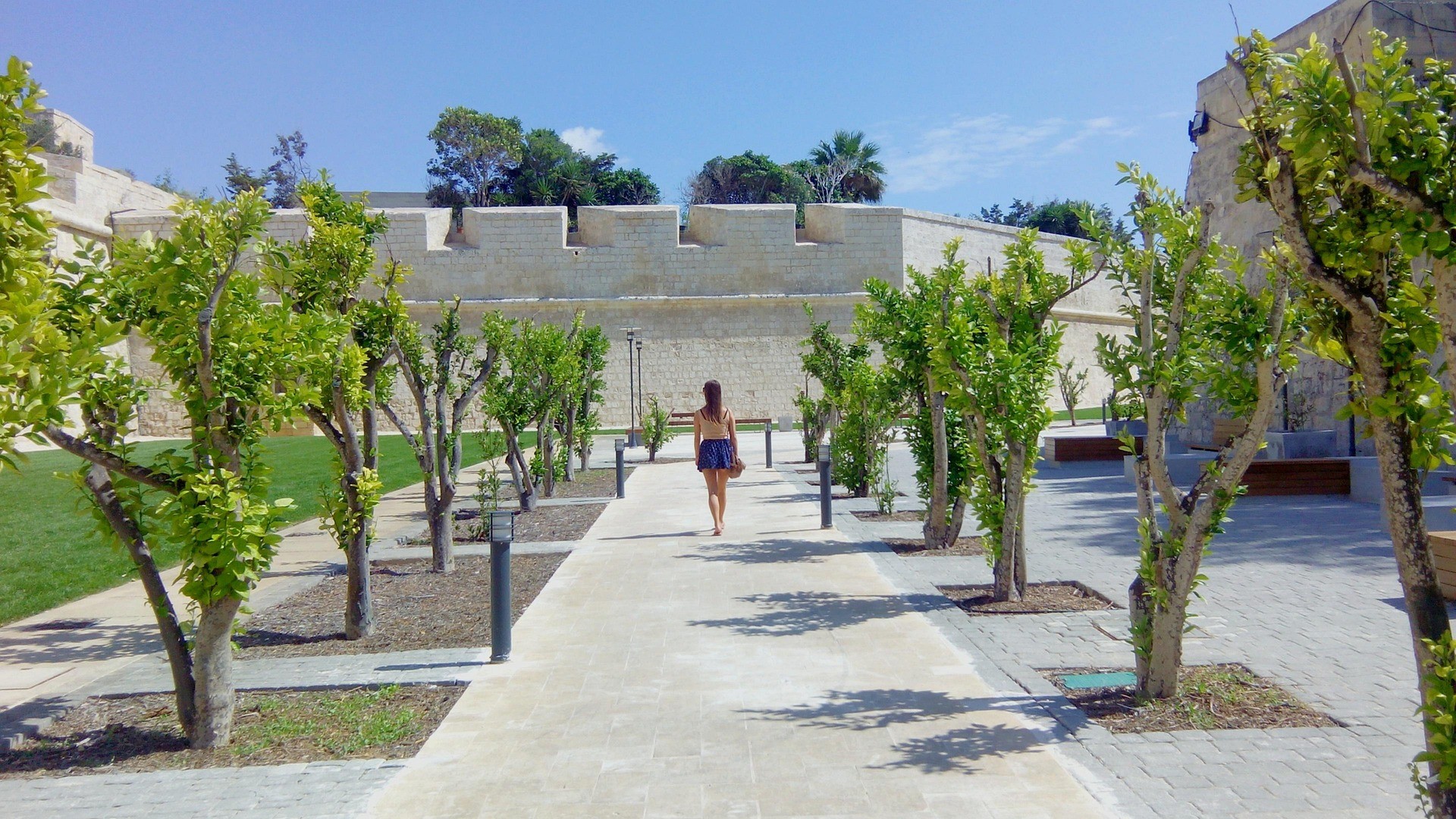
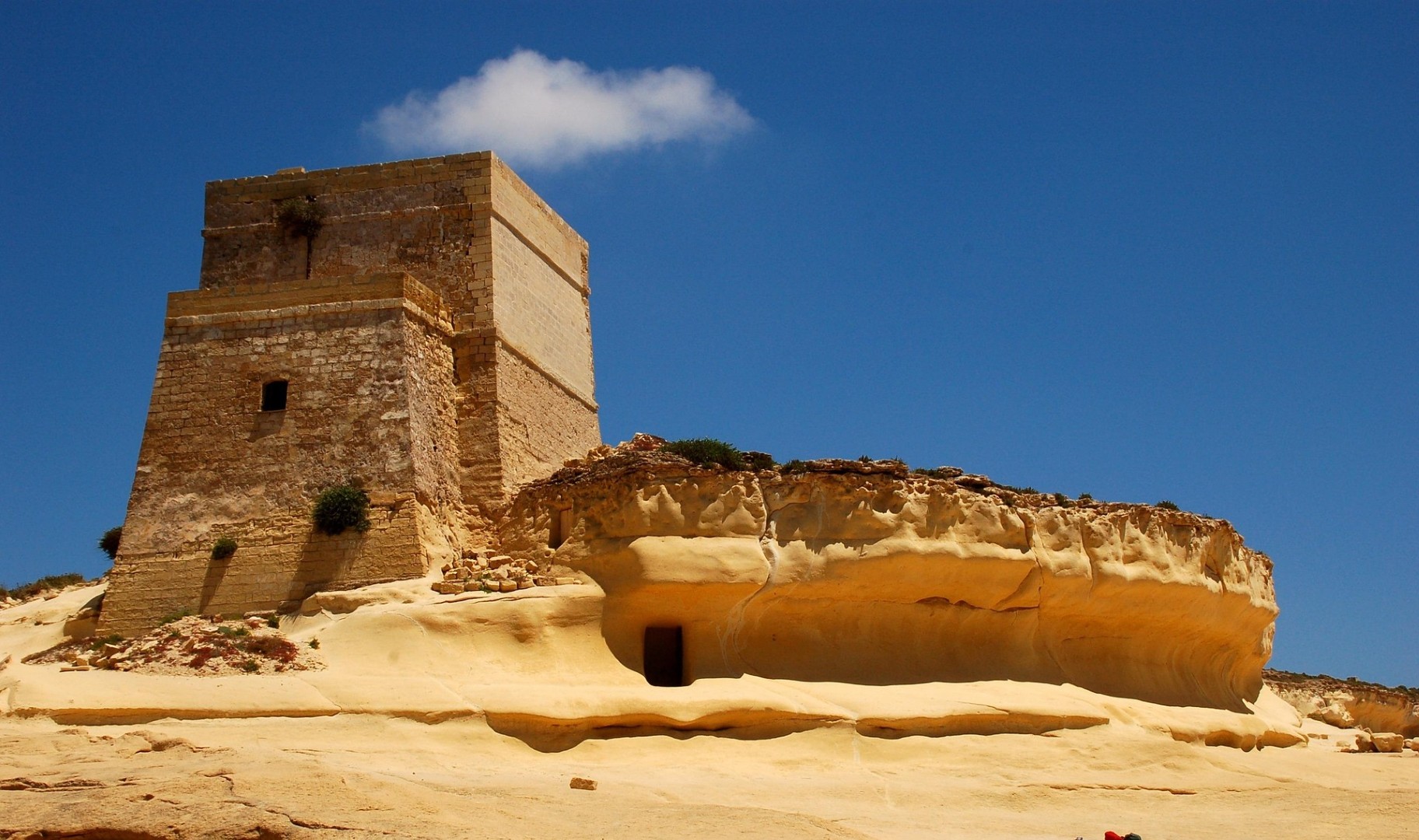
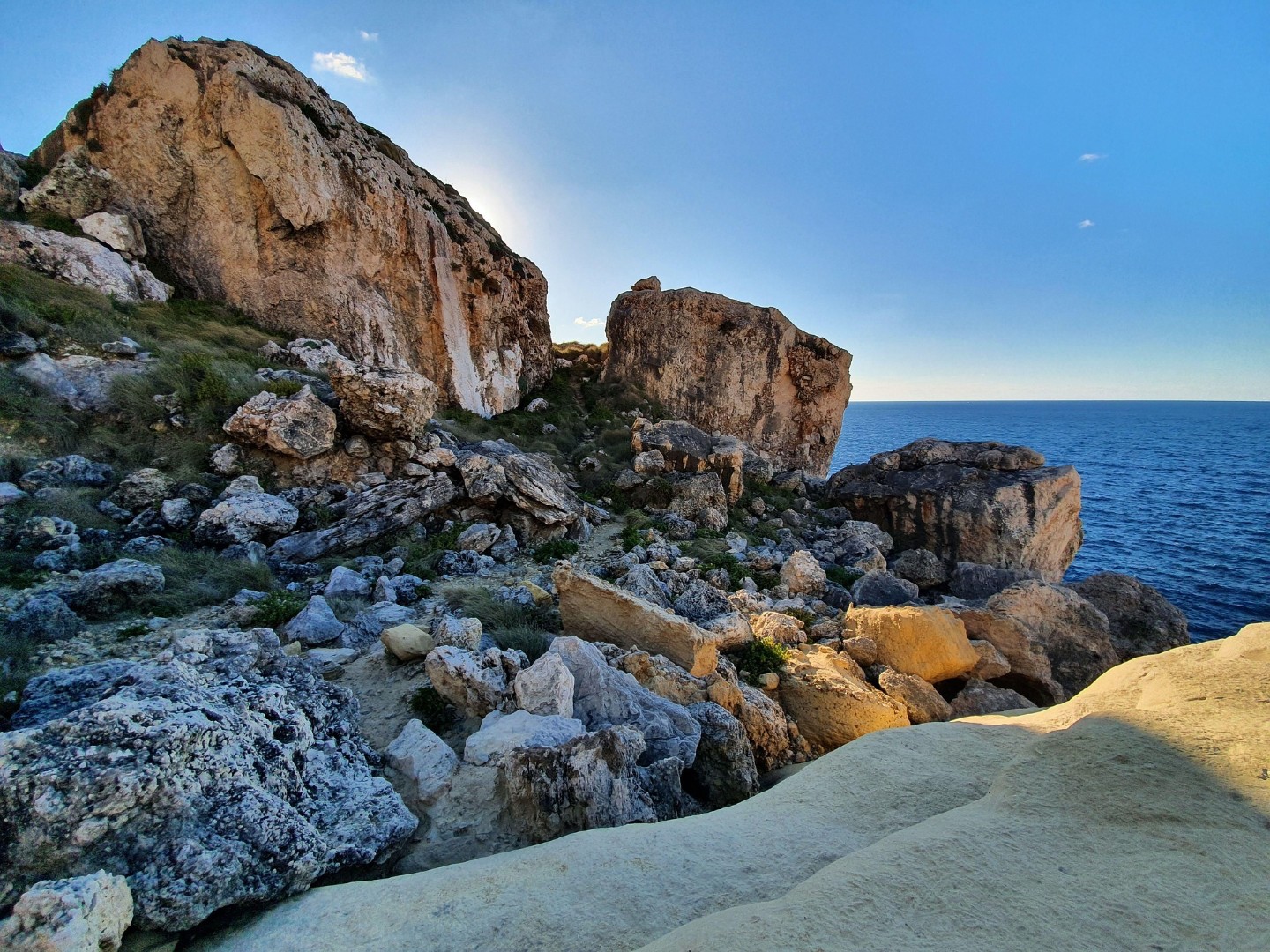
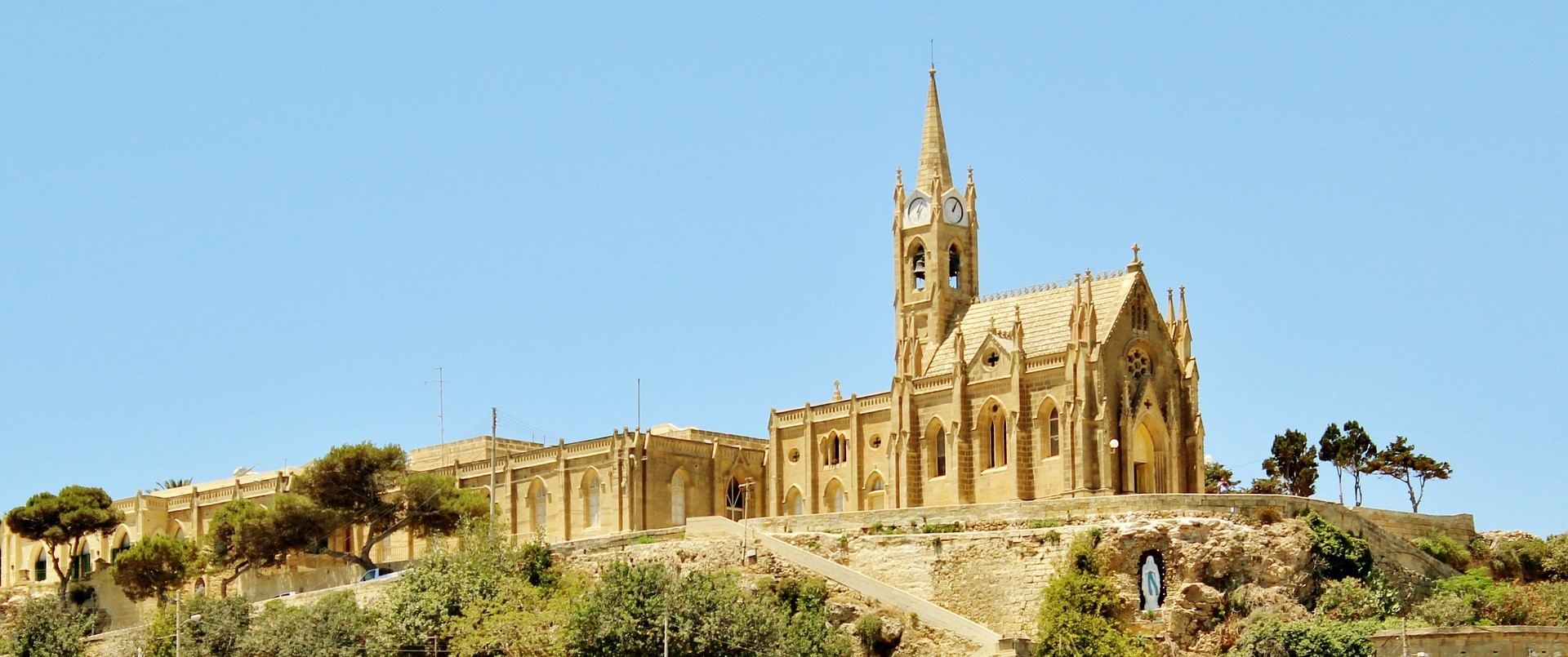
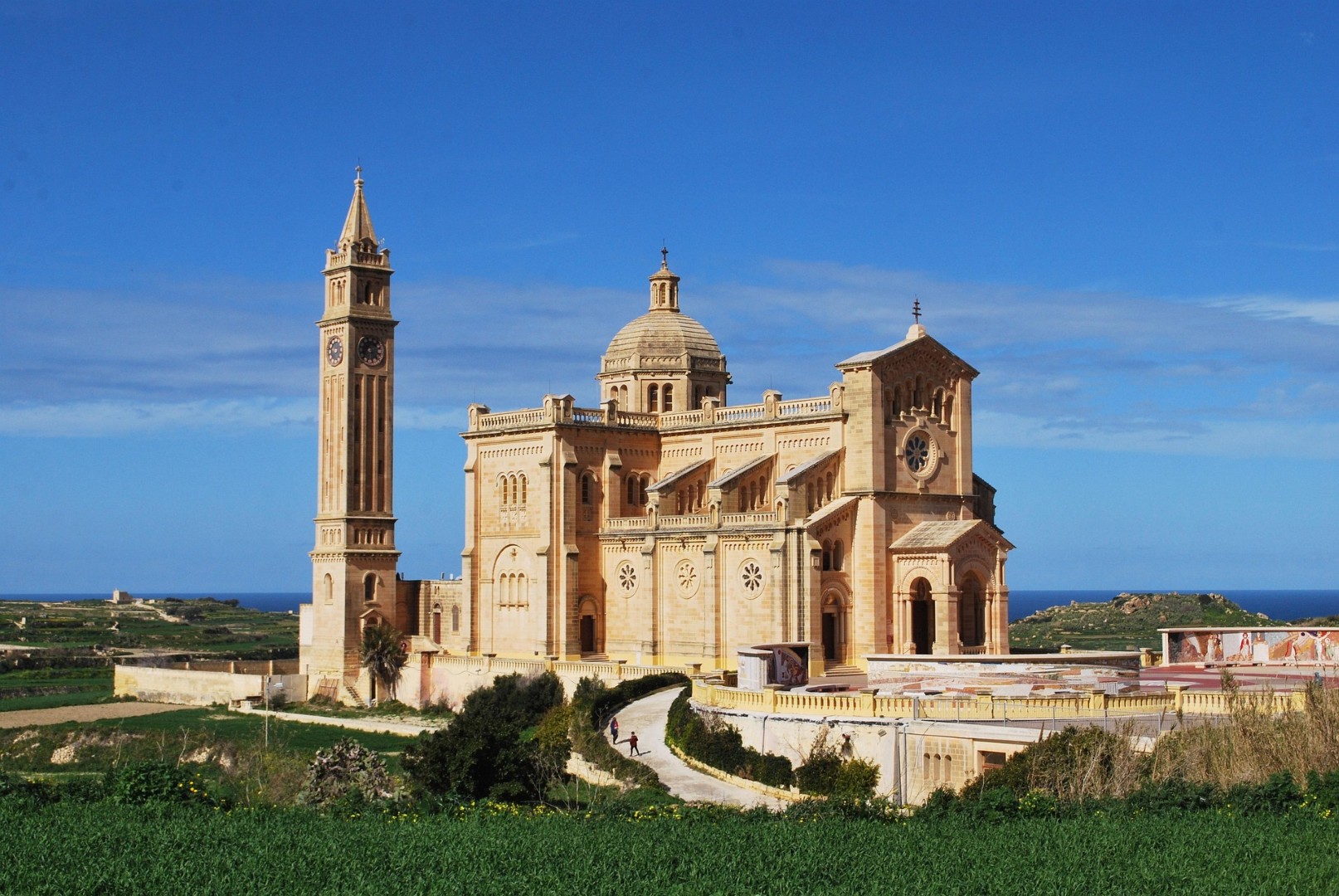
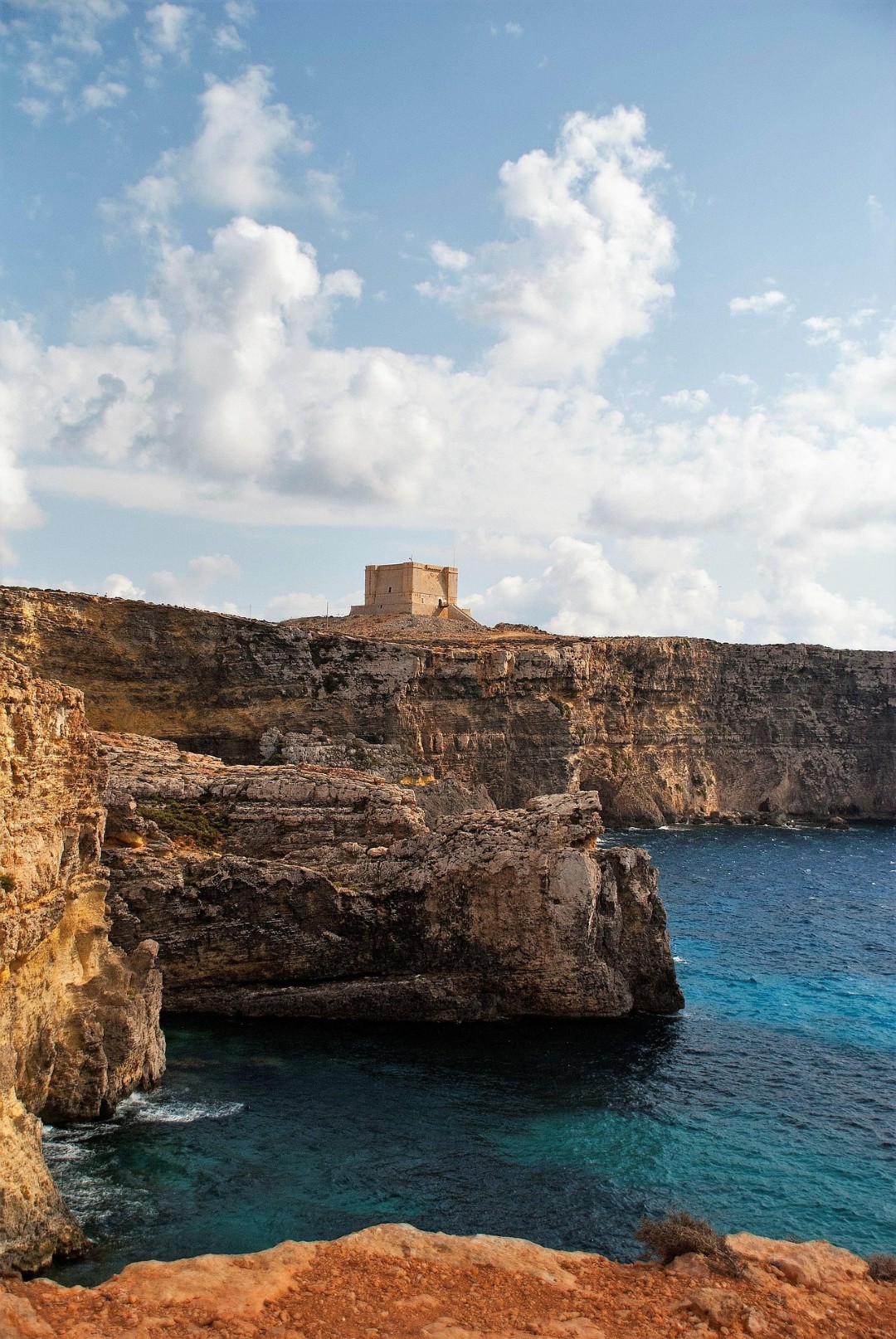
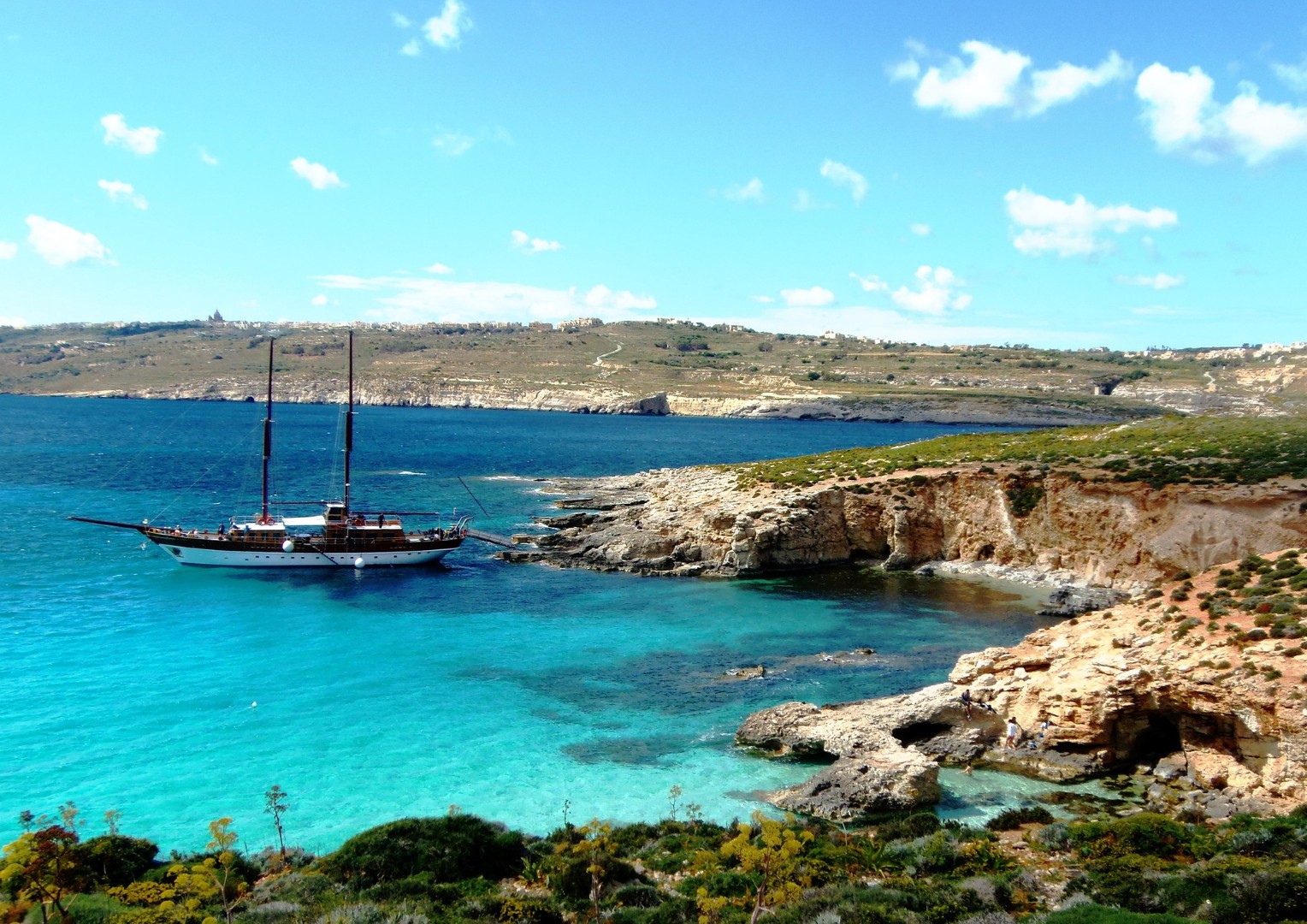
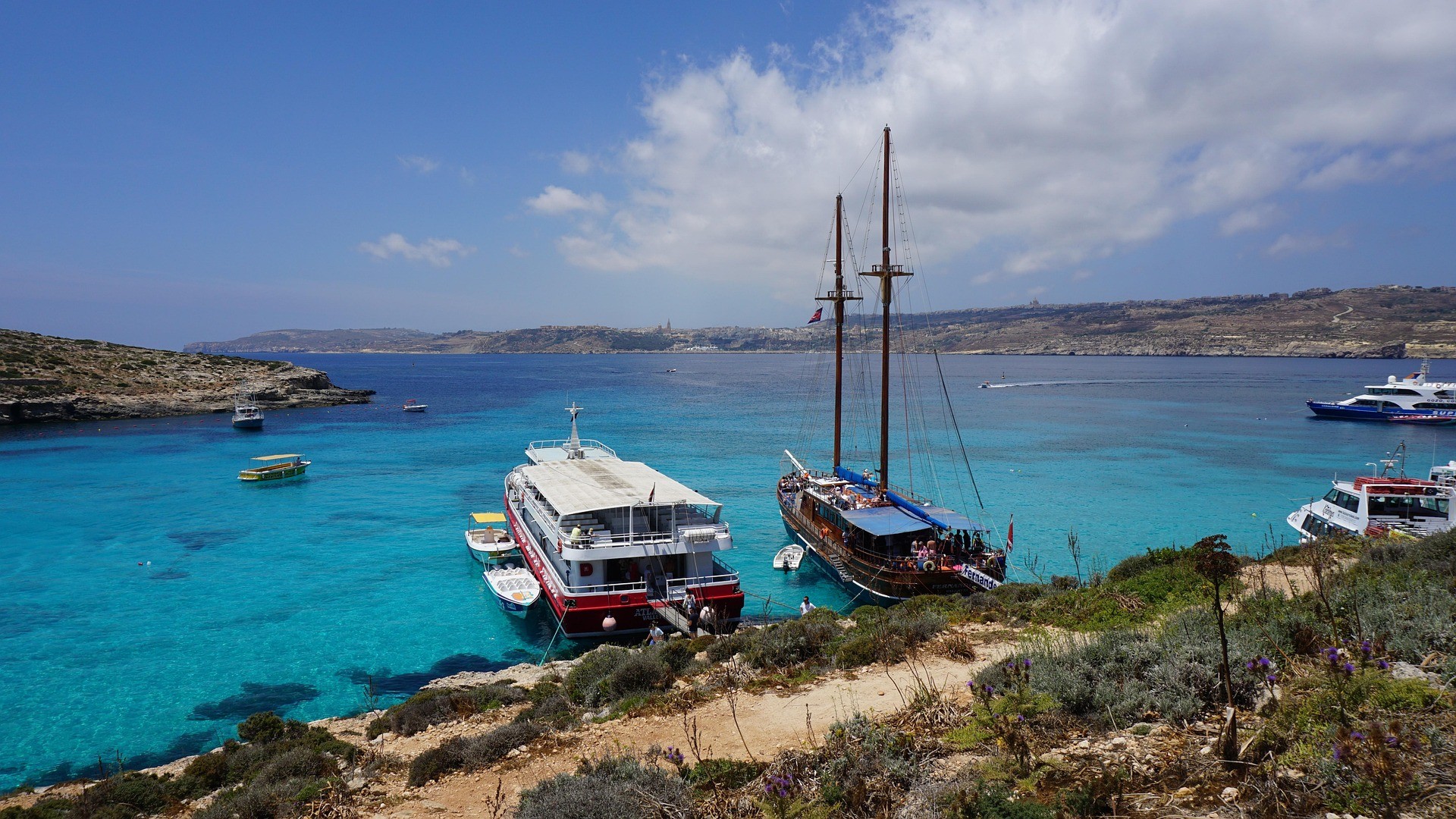
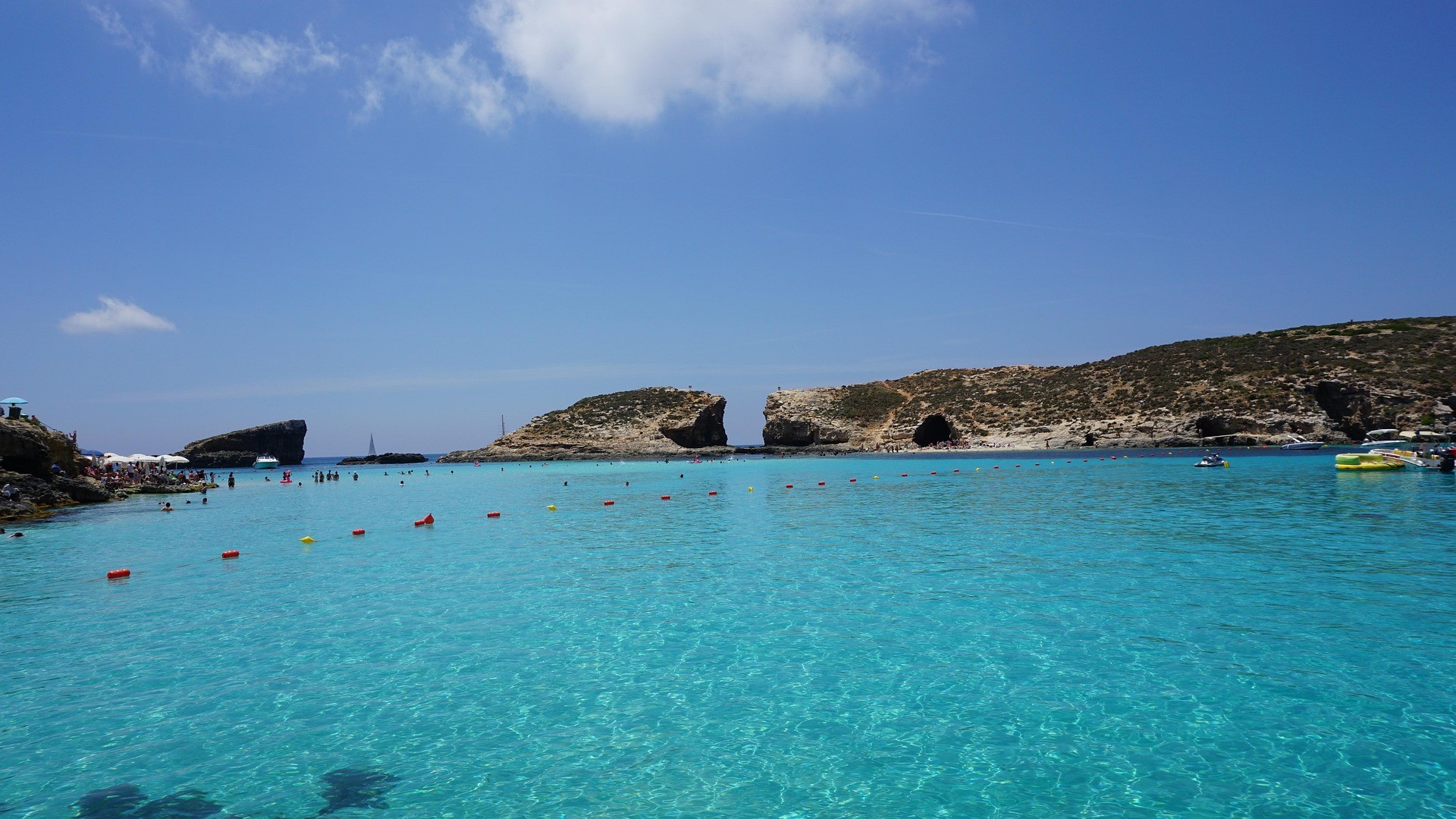
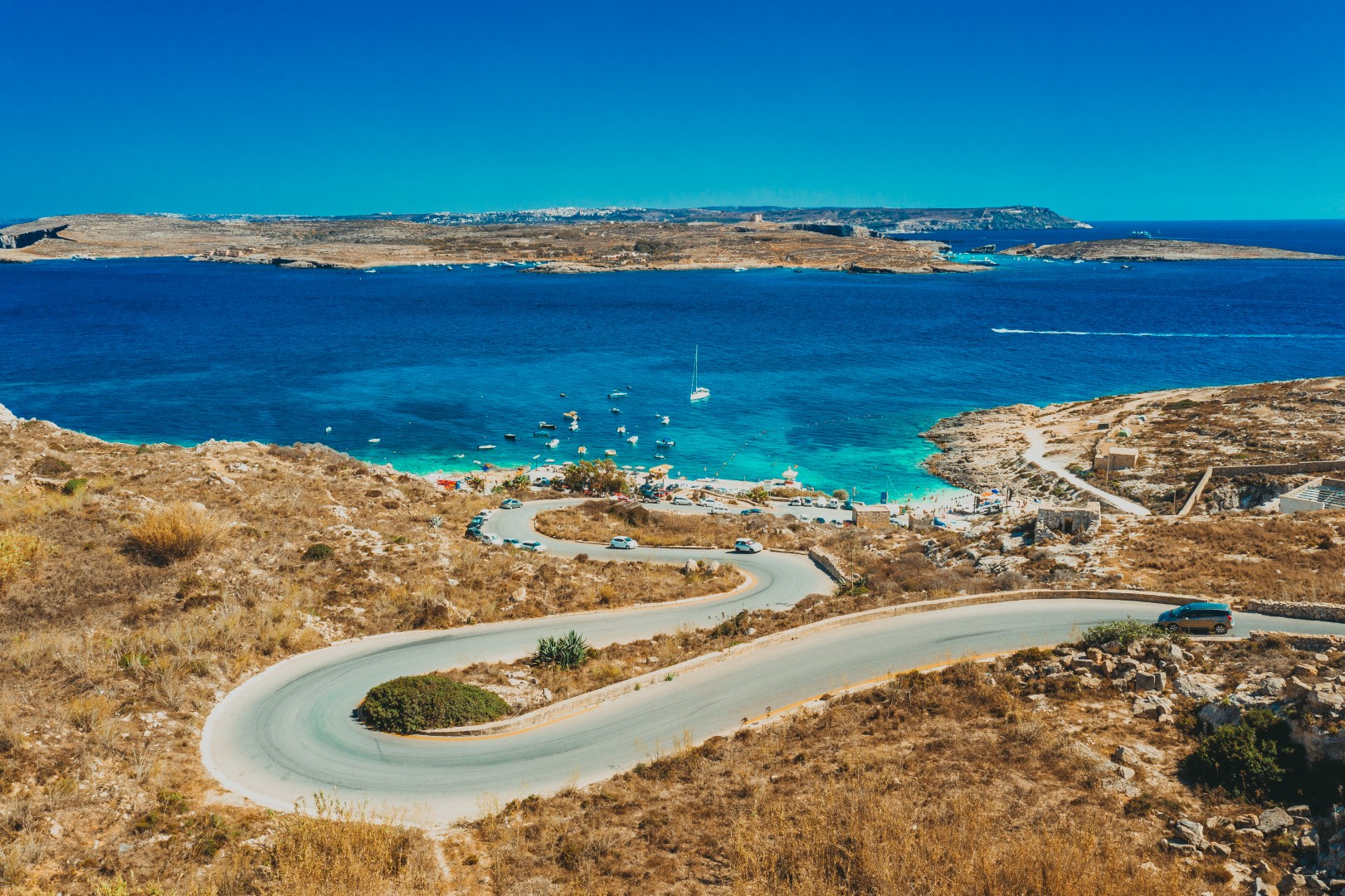
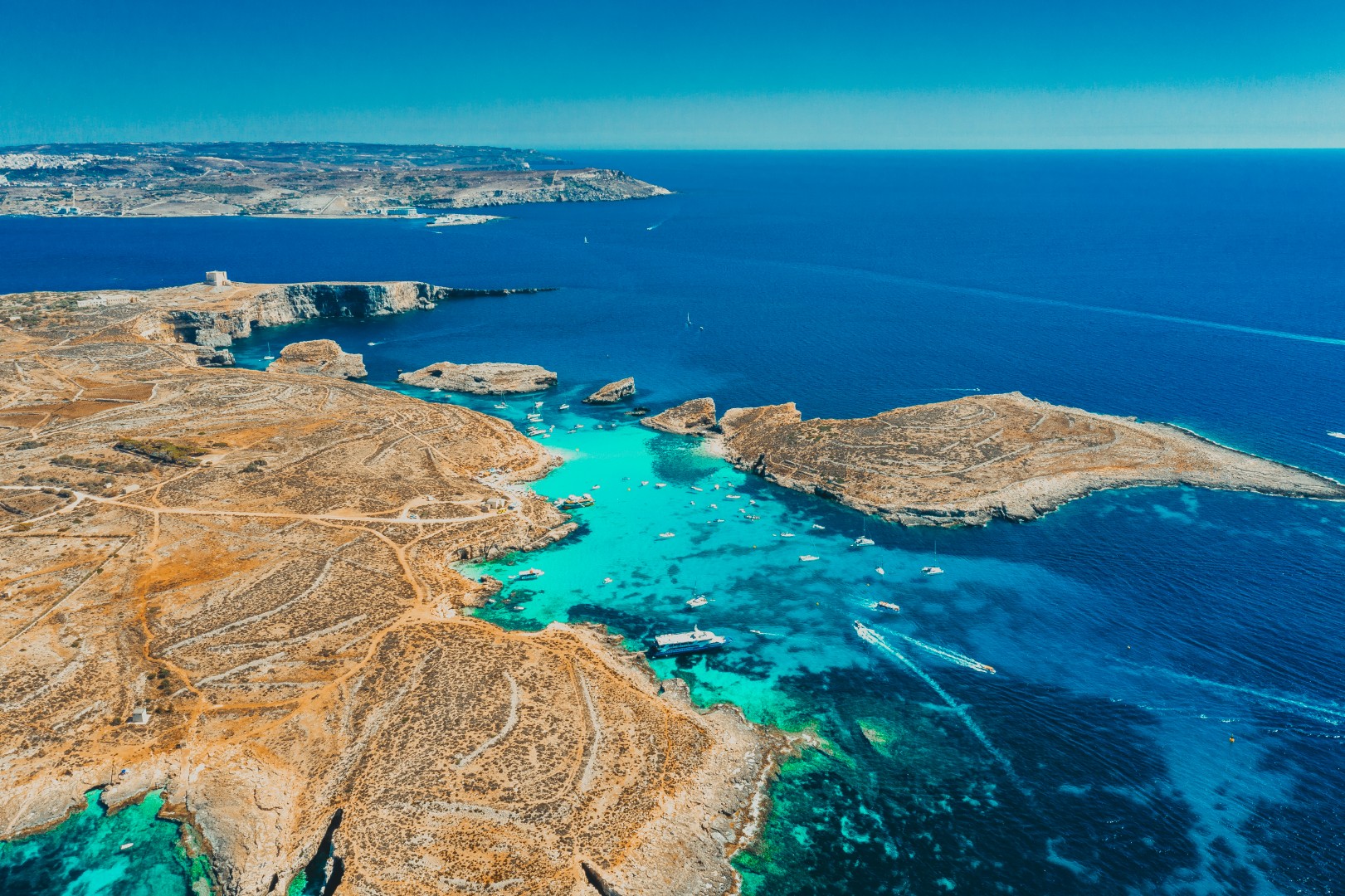
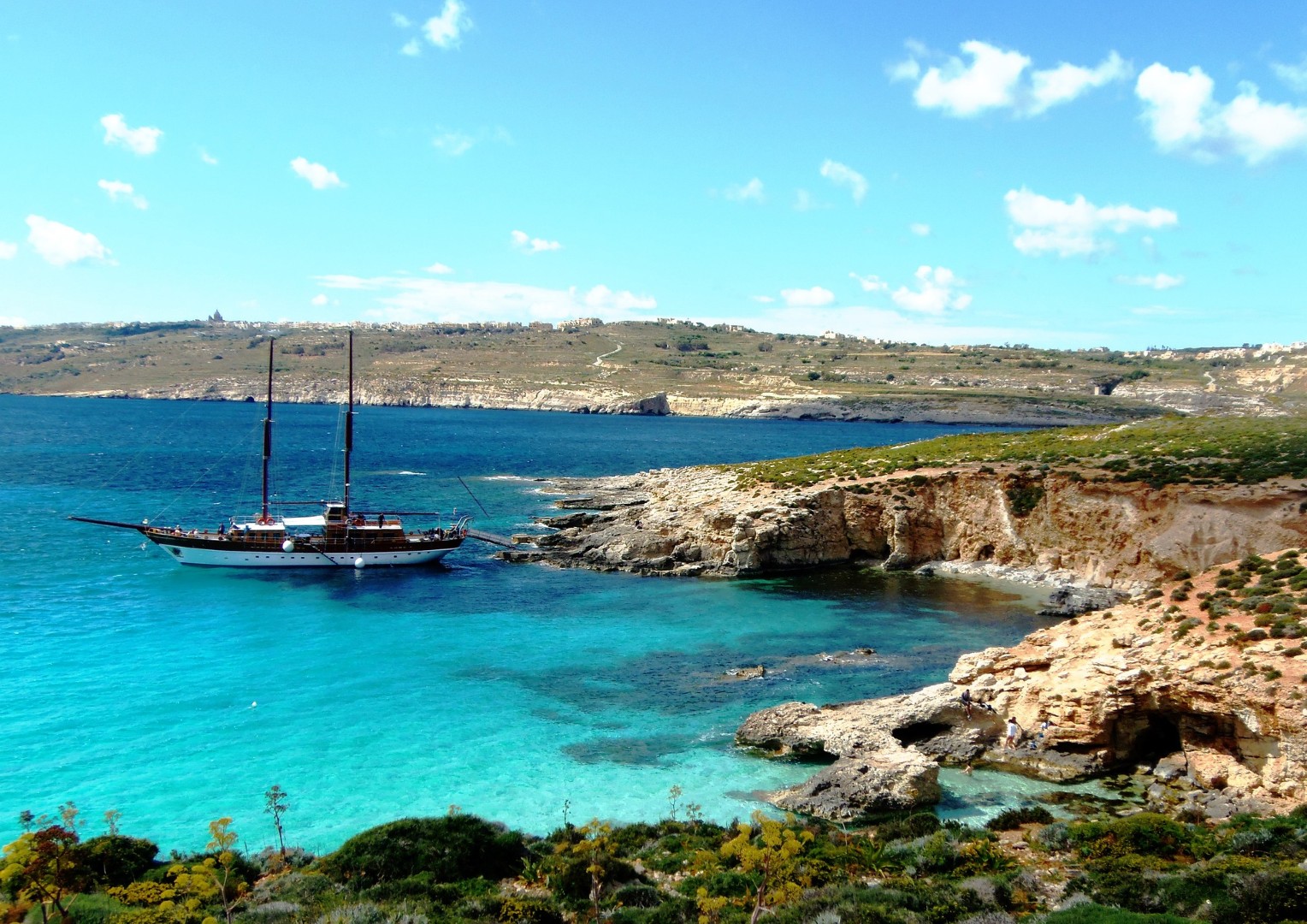
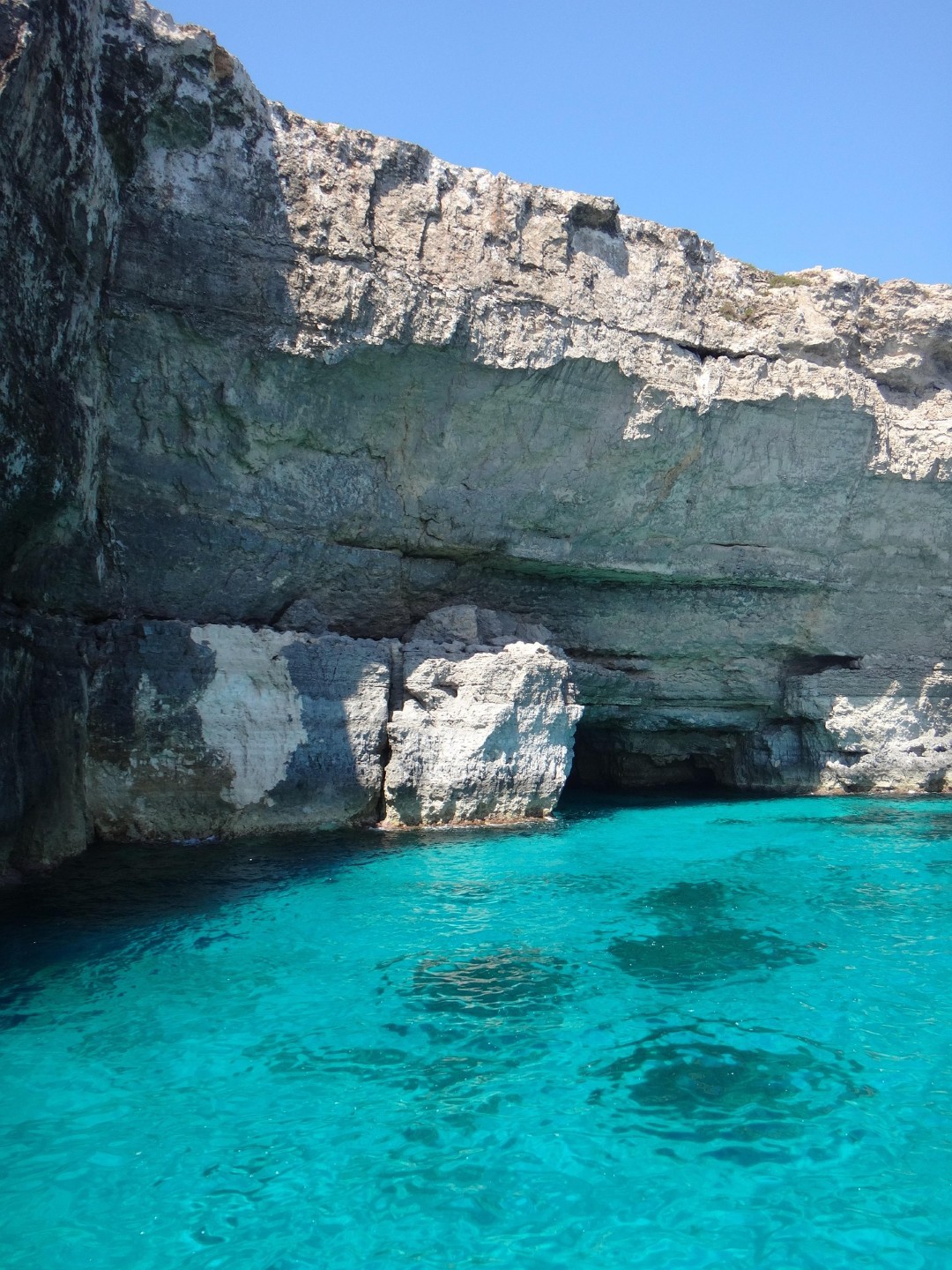
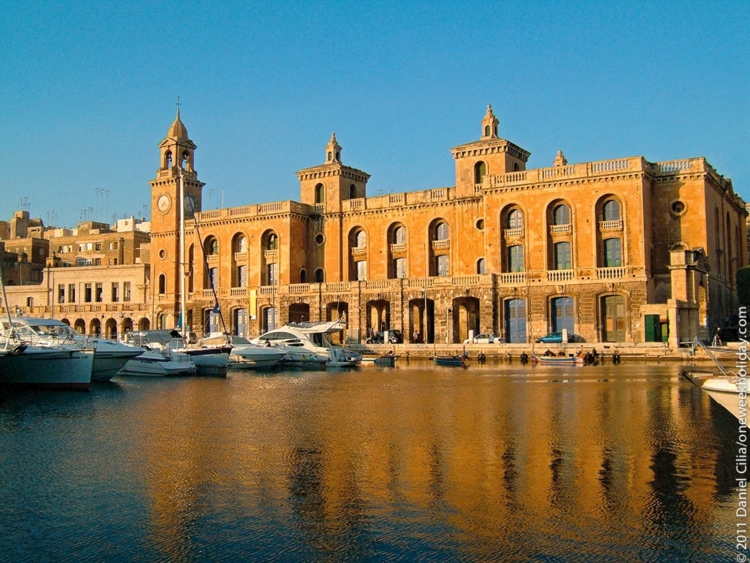
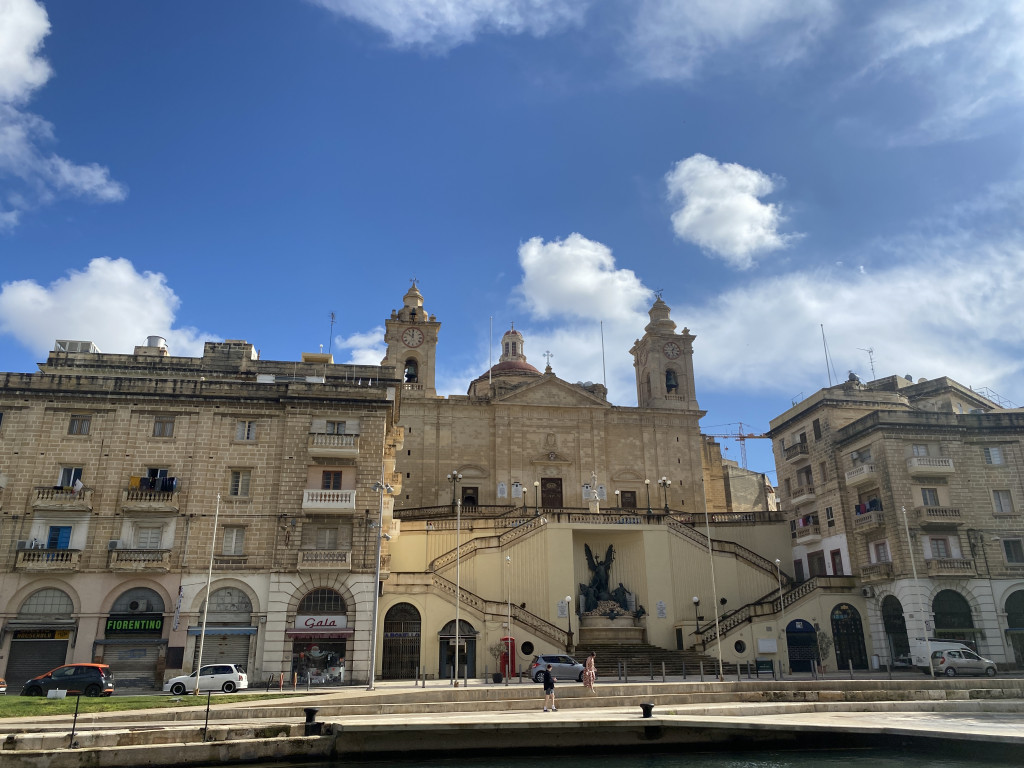
.jpg)
